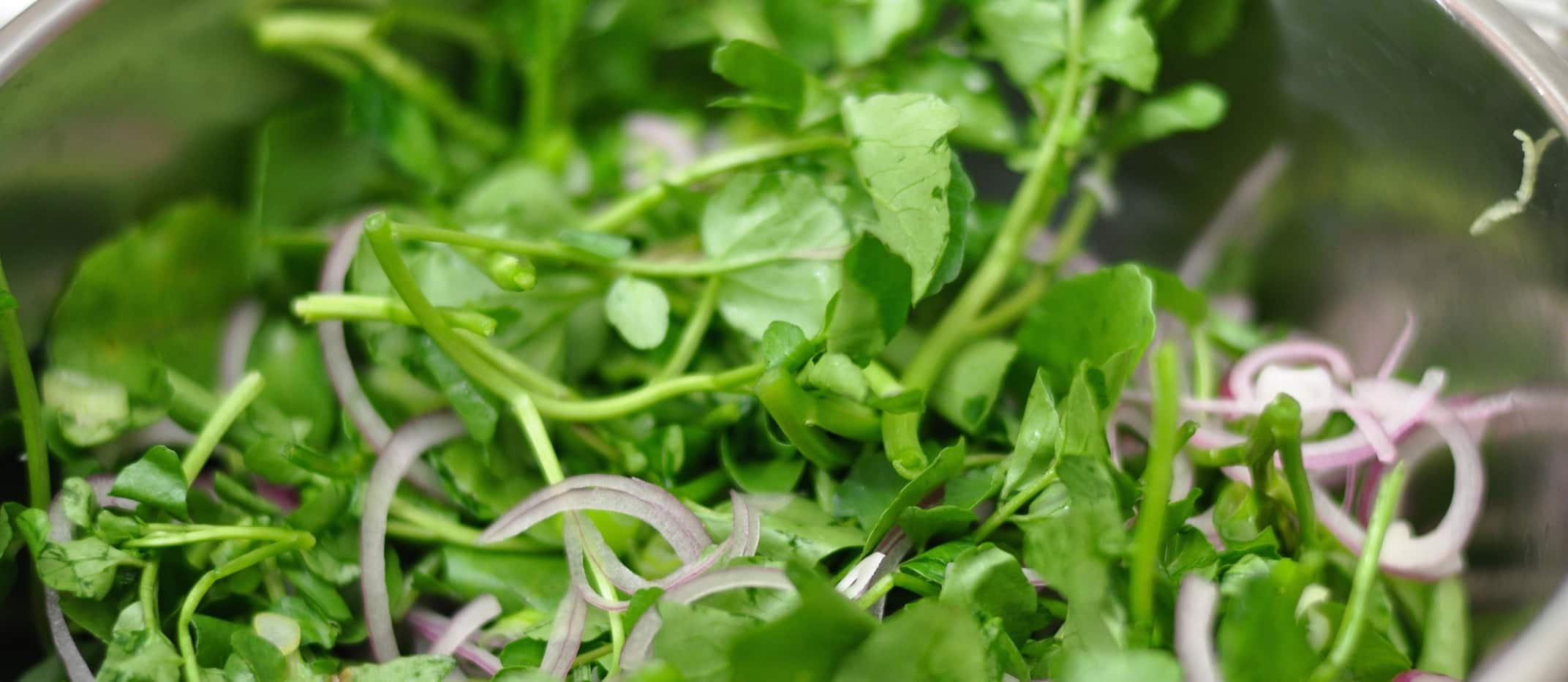Could exercise be creating harmful free radicals? Oxidizing glucose to produce energy for our bodies is messy, creating free radicals the way cars burning their fuel produce combustion by-products out the exhaust. This happens even if we’re just idling, living our day-to-day lives. What if we rev our bodies up and start exercising and really start burning fuel? Then we create more free radicals, more oxidative stress, and so, need to eat even more antioxidant-rich foods.
Why do we care about oxidative stress? Well, it’s “implicated in virtually every known human disease and there is an increasing body of evidence linking free radical production to the process of aging.” Why? Because free radicals can damage DNA, our very genetic code. Well, if free radicals damage DNA, and exercise creates free radicals, does exercise damage our DNA if we don’t have enough antioxidants in our system to douse the radicals? Yes, in fact, ultra-marathoners show evidence of DNA damage in about 10% of their cells tested during a race, which may last for up to two weeks after a marathon. But what about just short bouts of exercise? We didn’t know until recently.
After just five minutes of moderate or intense cycling we can get an uptick in DNA damage. We think it’s the oxidative stress, but “regardless of the mechanism of exercise-induced DNA damage” the fact that a very short bout of high-intensity exercise can cause an increase in damage to DNA is a cause for concern. But we can block oxidative damage with antioxidant-rich foods.
Of course, when drug and supplement companies hear “antioxidant-rich foods” they think, pills! We can’t make billions on broccoli, so “Pharmacological antioxidant vitamins have been investigated for a prophylactic effect against exercise-induced oxidative stress.” However, large doses are often required and in pill form may ironically lead to a state of pro-oxidation and even more oxidative damage. For example, guys doing arm curls taking 500 mg of vitamin C appeared to have more muscle damage, inflammation, and oxidative stress.
So, instead of vitamin supplementation, how about supplementation with watercress, the badass of the broccoli family? What if, two hours before exercise, we eat a serving of raw watercress, then get thrown on a treadmill whose slope gets cranked up until we basically collapse? Athletes who didn’t preload with watercress before working out developed a certain amount of free radicals in their blood stream at rest and after exhaustive exercise (See Preventing Exercise-Induced Oxidative Stress with Watercress), which is what we’d expect. If we eat a super-healthy antioxidant-packed plant food like watercress before we exercise can we blunt this effect? We actually end up better than we started! At rest, after the watercress, we may start out with fewer free radicals, but only when we stress our body to exhaustion can we see the watercress really flex its antioxidant muscle.
What happens to DNA damage? Well, in a test tube, if we take some human blood cells bathed in free radicals, we can reduce the DNA damage it causes by 70% within minutes of dripping some watercress on them. But does that happen within the human body if we just eat it?
If we exercise without watercress in our system, DNA damage shoots up, but if we’ve been eating a single serving a day for two months our body’s so juiced up on green leafy goodness that we get no significant damage after punishing ourself on the treadmill. So with a healthy diet, can we get all the benefits of strenuous exercise without the potential risks?
Regular physical exercise is a key component of a healthy lifestyle, but it can elicit oxidative stress. To reduce that stress, some have suggested pills to improve one’s antioxidant defense system, but “those eating more plant-based diets may naturally have an enhanced antioxidant defense system” without eating pills to counter exercise-induced oxidative stress. Plant foods average 64 times more antioxidants than meat, fish, eggs, and dairy (See Antioxidant Power of Plant Foods Versus Animal Foods). And on top of that, the animal protein itself can have pro-oxidant effects. Anyone eating sufficient quantities of whole healthy plant foods could plausibly reach an antioxidant status similar to vegetarians. It’s not just about what we’re eating less of – saturated fat and cholesterol – but what we’re eating more of, the phytonutrients. Whether it’s about training longer or living longer, we’ve got to eat more plants.
I should do more videos on watercress! The only other one I think I have is Sometimes the Enzyme Myth Is True.
Check out my other videos on enhancing athletic recovery times: Reducing Muscle Soreness With Berries and Reducing Muscle Fatigue With Citrus.
Why else is it important to eat antioxidant rich diets? See, for example, The Power of NO and Anti-Inflammatory Antioxidants. And why else is it important to eat broccoli family (cruciferous) vegetables? Check out:
- The Best Detox
- DNA Protection from Broccoli
- Lung Cancer Metastases and Broccoli
- Raw Broccoli and Bladder Cancer Survival
- Broccoli Versus Breast Cancer Stem Cells
- Prolonged Liver Function Enhancement from Broccoli
Crucifelicious!
-Michael Greger, M.D.
PS: If you haven’t yet, you can subscribe to my videos for free by clicking here and watch my full 2012 – 2015 presentations Uprooting the Leading Causes of Death, More than an Apple a Day, From Table to Able, and Food as Medicine.
